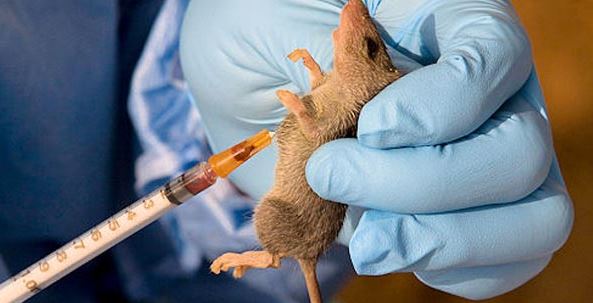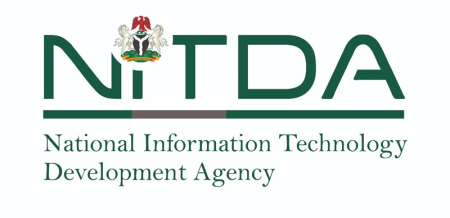Lassa Fever and Meningitis Outbreaks in Nigeria: A Dual Public Health Challenge
Nigeria is grappling with concurrent outbreaks of Lassa fever and meningitis, posing a significant public health challenge. Between January 1 and May 18, 2025, the Nigeria Centre for Disease Control and Prevention (NCDC) confirmed 733 cases of Lassa fever, resulting in 141 deaths across 18 states. This represents a case fatality rate (CFR) of 19.2%, slightly higher than the 18.3% recorded during the same period in 2024. Concurrently, from September 30, 2024, to April 6, 2025, the NCDC confirmed 192 cases of meningitis, leading to 225 fatalities across 24 states, with a CFR of 7.7%. The simultaneous outbreaks place a strain on the country’s healthcare system and necessitate a coordinated response.
Lassa Fever: A Persistent Threat with Concentrated Impact
Lassa fever, a viral hemorrhagic illness, continues to pose a significant public health threat in Nigeria. The majority of confirmed cases, 72%, were reported from three states: Ondo (30%), Bauchi (25%), and Edo (17%). This concentration suggests the need for targeted interventions in these high-burden areas. The age group most affected by Lassa fever is 21–30 years, with a median age of 30. While the overall number of cases has decreased compared to the same period in 2024, the higher CFR underscores the need for heightened vigilance and improved case management. The fact that no new infections were reported among healthcare workers during the reporting week indicates the effectiveness of infection prevention and control measures within healthcare settings.
Meningitis Outbreak: Impact on Children and Geographical Distribution
The meningitis outbreak presents a different epidemiological profile. Children aged 5–14 are the most affected, with males constituting 60% of all cases. The geographical distribution of meningitis cases is also noteworthy, with 97% of suspected cases reported from 10 states, including Kebbi, Katsina, Jigawa, Yobe, Gombe, Sokoto, Borno, Adamawa, Kano, and Bauchi. Kebbi State stands out with a significantly higher number of suspected cases (1,423) than other affected states. This localized concentration underscores the importance of understanding the specific factors driving transmission in these areas.
National Response and Coordination: Multi-Sectoral Approach
To combat these dual outbreaks, the NCDC has activated multi-sectoral response mechanisms. A national Lassa fever multi-partner, multi-sectoral Incident Management System is operational at all levels to coordinate control efforts. Similarly, a national multi-sectoral Emergency Operations Centre (EOC) has been activated for the meningitis outbreak. These coordinated efforts involve collaboration with various stakeholders, including the Federal Ministry of Health, the National Primary Health Care Development Agency, the Nigerian Meteorological Agency, and international development partners. Regular communication and collaboration with affected states are crucial for effective response implementation.
Strengthening Preparedness and Response: Focus on High-Burden Areas
The NCDC plays a pivotal role in providing technical support and guidance to states, particularly those with high burdens of Lassa fever and meningitis. This support includes on-site and remote assistance, capacity building, and strengthening preparedness and response activities at the sub-national level. By bolstering local capacity, the NCDC aims to enhance early detection, improve case management, and strengthen infection prevention and control measures.
Ongoing Challenges and Future Directions
While the coordinated response efforts are commendable, several challenges remain. Access to healthcare facilities, particularly in remote areas, can be a barrier to timely diagnosis and treatment. Strengthening community engagement and health education is essential to promote early case reporting and reduce transmission. Continued surveillance, data analysis, and research are vital for understanding the evolving epidemiology of these diseases and tailoring interventions accordingly. Sustained investment in public health infrastructure, human resources, and disease surveillance systems is crucial for effectively addressing these ongoing outbreaks and preventing future emergencies.














